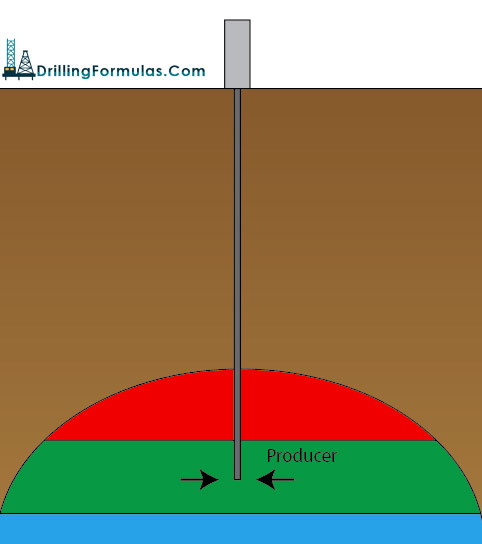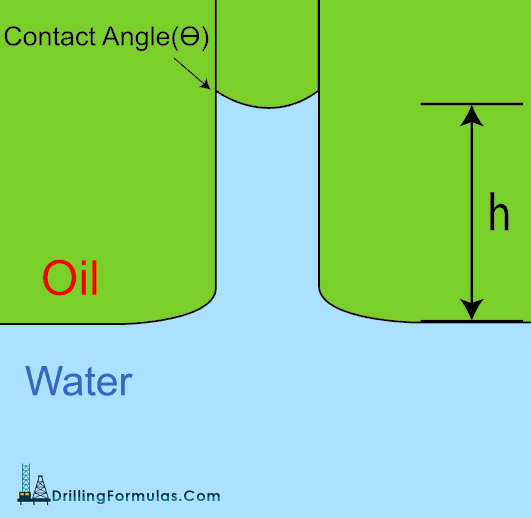
Solution gas drive is a mechanism by which dissolved gas in a reservoir will expand and become an energy support to produce reservoir fluid. Solution gas drive has other name, such as dissolved gas drive or depletion drive.
When reservoir pressure is more than the bubble point, no free gas presents in a reservoir and this is called “under saturated reservoir.” At this stage, the drive comes from oil and connate water expansion and the compaction of reservoir pore space. Because compressibility of oil and rock is very low, only a small amount of fluid can be produced and typically the volume is around 1-2% of oil in place.
When reservoir pressure reaches a bubble point, oil becomes saturated and free gas will present in a reservoir. The expansion of gas is a main energy to produce reservoir fluid for the solution gas drive. At the beginning, the produced gas oil ratio will be slightly decline because free gas in a reservoir cannot move until it goes over the critical gas saturation. Then gas will begin to flow into a well. In some cases, where vertical permeability is high, gas may migrate up and become a secondary gas cap, which helps oil production. Continue reading














